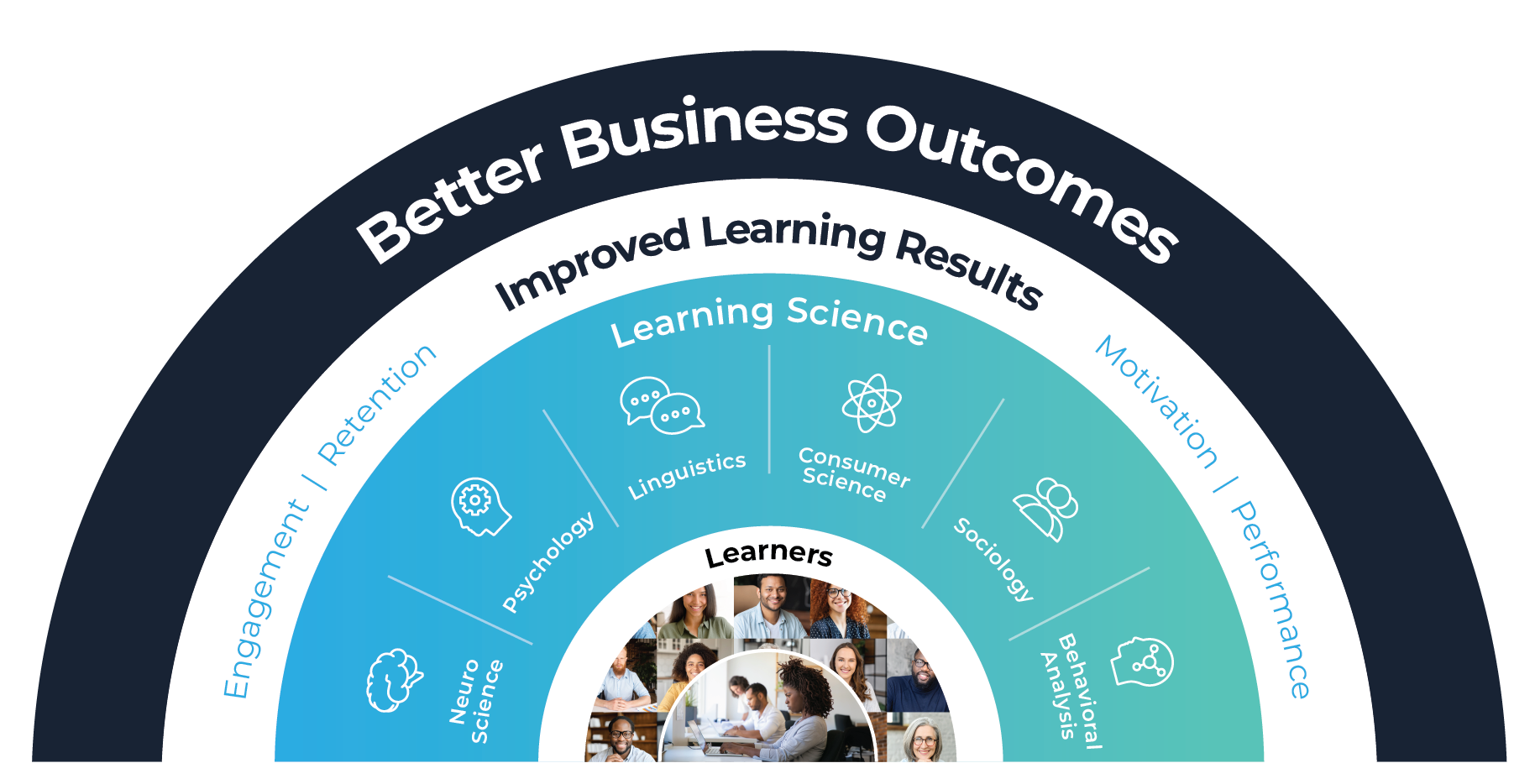
The American Diabetes Association (ADA) faced a significant challenge in training a diverse audience of healthcare providers who, while not specializing in diabetes, played a crucial role in the care and treatment of patients with diabetes. These providers needed to understand the effects of diabetes to improve their treatment methods. However, the existing training was lacking in engagement and motivation. Furthermore, the content, though medically complex, needed to be made accessible and understandable for a broad range of professionals. The ADA was also unaware of the various learning methodologies and functionalities offered by elearning development tools, which presented an additional challenge.
In response to these challenges, the ADA partnered with Mindspring to design a comprehensive learning solution that would address the complex subject matter, engage learners effectively, and ensure accessibility for all. Mindspring applied two fundamental principles of learning science: brain science and behavioral analysis.
To tackle the complexity of diabetes content, Mindspring utilized principles of cognition and retention. The content was scaffolded in a way that allowed participants to start with the basics, gradually progressing to more advanced concepts. Complex ideas were presented in the form of interactive charts, graphs, and other engaging formats. The design included formative assessment loops and detailed feedback. This ongoing assessment ensured that key concepts were consistently reinforced, and learners received specific feedback for every answer, right or wrong. Learners were encouraged to learn from their mistakes and re-test until they achieved mastery.
Behavioral analysis played a significant role in the learning design. Real-world role-playing scenarios were integrated into the assessments, where participants engaged with virtual patients. The feedback and responses were tailored to the participants’ answers, creating a dynamic learning experience. This approach allowed participants to learn during the assessments and modify their behavior based on their responses, leading to improved patient care practices.
The redesigned learning modules had a transformative impact on the ADA’s offerings. By incorporating principles of brain science and behavioral analysis, the ADA was able to provide better value to its members. The courses became more engaging, resulting in increased learner engagement and retention. The association also generated a steady revenue stream from these courses, owing to their enhanced design and higher user satisfaction. In essence, the ADA’s investment in improving the learning experience not only improved patient care but also contributed to the association’s financial success.

Our approach is grounded in the principles of learning science, ensuring every solution we create is designed to engage, motivate, and drive real behavior change. We transform knowledge into action by crafting experiences that truly resonate with learners, leading to measurable learning results and better business outcomes.